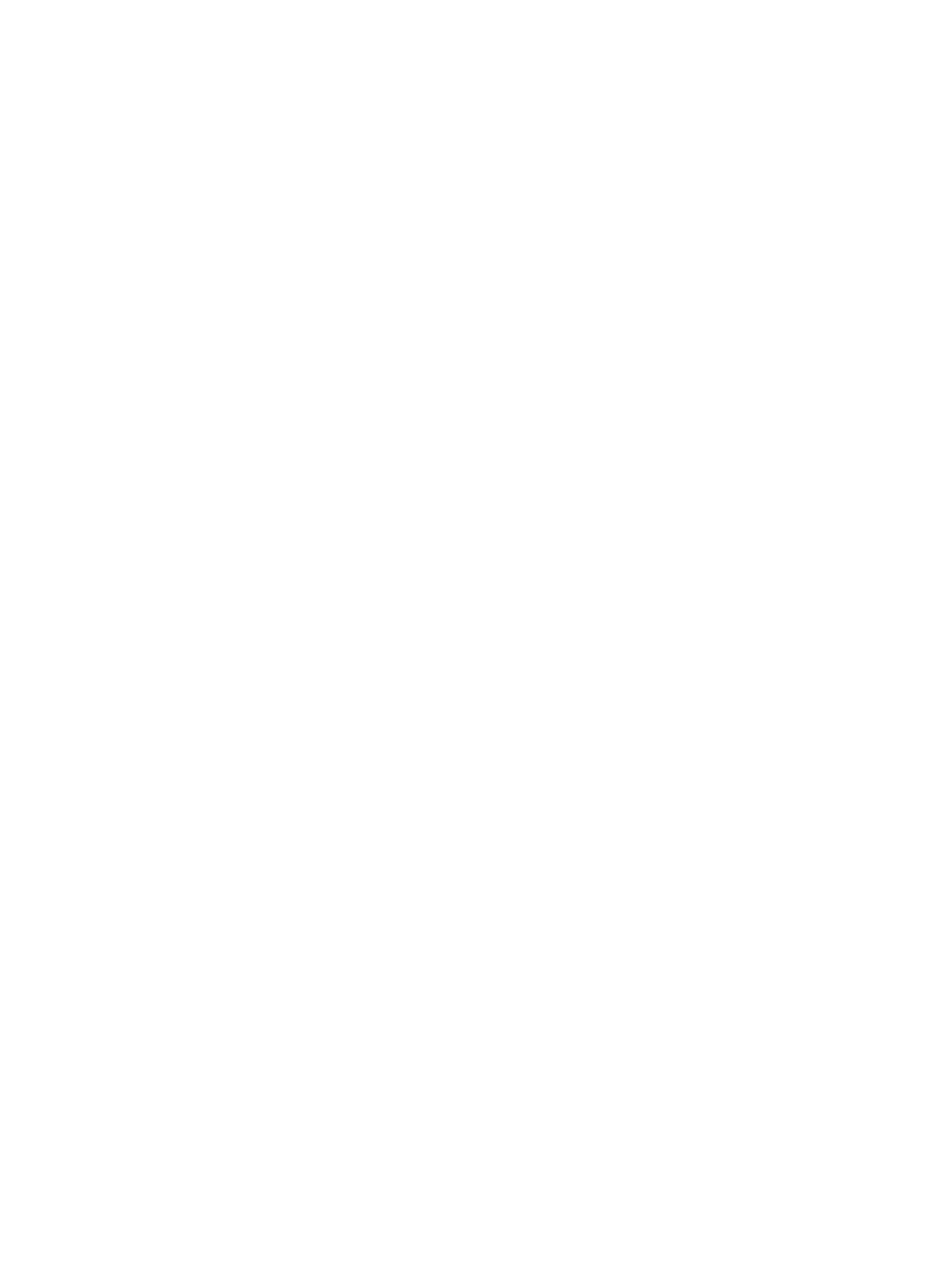

臺大管理論叢
第
26
卷第
2
期
27
4.4.3 Self-Selection Correction
Prior research suggests that clients’ decision to choose their external audit firm is
intentional and not random (Lassila, Omer, Shelley, and Smith, 2010), which introduces self-
selection bias into our analysis. There may exist unobservable factors which affect both the
clients’ decision of choosing auditor and tax avoidance, such as firm size, leverage, cash
flow, and audit fee. In order to correct sample selection bias, this study adopts the two-stage
regression method developed by Heckman (1979). In the first stage, this study uses a Probit
model which includes the determinants of firms’ decision to choose an industry expert as
auditor to estimate the inverse Mill’s ratio (
IMR
). The prediction model is as follows:
PR
(Spec) = β
0
+ β
1
Tenure + β
2
Lnauditfee + β
3
Tax-ratio + β
4
Sales + β
5
Lnage + β
6
Local
+ β
7
Big10 + β
8
Soe + β
9
Size + β
10
ROA + β
11
Lev + β
12
CFO +
IND + Year +
ε
(4)
where
Spec
is a dummy variable measured by
IMS_D
and
IPS_D
, which equals 1 when
clients choose industry experts as their auditors and 0 if otherwise.
Tenure
equals years the
audit firm has served as auditor of their clients.
Lnauditfee
equals the natural log of audit fee.
Tax-ratio
is the statutory tax rates of clients.
Sales
equals clients’ sales revenue standardized
by total assets.
Lnage
is the natural log of firms’ age.
Local
represent auditor’s location,
which equals 1 when audit firm and their clients are in the same province and 0 if otherwise.
The definitions of other control variables are presented in Table 1.
Consistent with Heckman (1979), this study uses the coefficient estimates from model
(4) to construct an inverse Mills ratio (
IMR
), which is included in Model (1), (2), and (3) as a
control variable. The inverse Mills ratio is a bias correction term that controls for the
influence of the observable and unobservable determinants of clients’ decision to choose an
industry expert as auditor on the association between auditor industry expertise and tax
avoidance. The results of first stage are presented in Table 11.
From Table 11, when using industry market share (
IMS_D
) to measure auditor industry
expertise, this study finds firms that are larger and have higher tax ratio, more sales revenue,
and higher levels of debt are more likely to choose industry experts as their auditors. In
addition, the audit firm’s tenure, size, and the magnitude of audit fees are positively
associated with the probability that the auditor will be an industry expert. When using
industry portfolio share (
IPS_D
) to measure auditor industry expertise, this study finds that
firms that bigger and younger, have higher tax-ratio and more sales revenue, and are closer to
audit firms are more likely to choose the industry experts as their auditors. Based on the


















